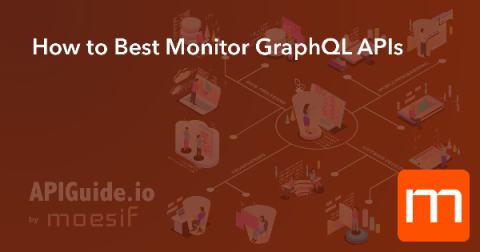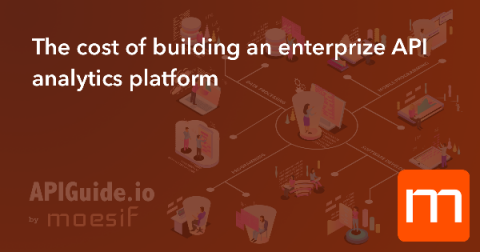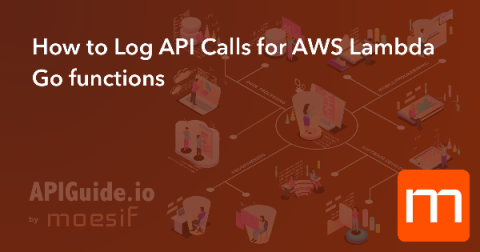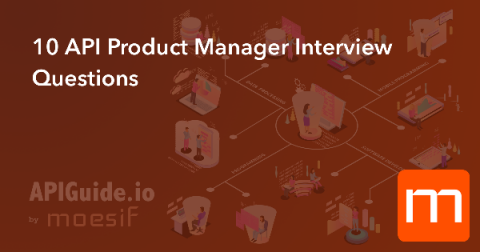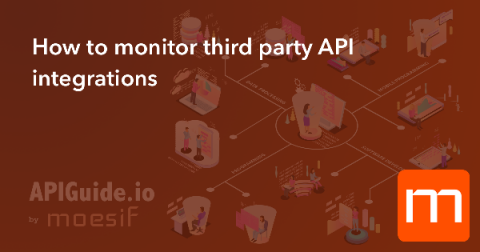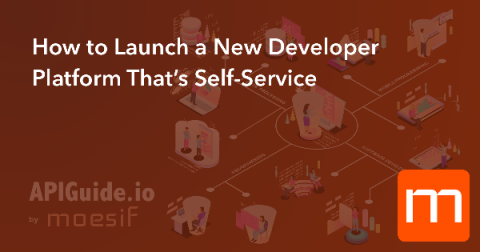How to Best Monitor GraphQL APIs
Since its release in 2015, GraphQL has become the alternative to REST. It gives frontend developers the flexibility they craved for so long. Over are the days of begging backend developers for one-purpose-endpoints. Now a query can define all the data that is needed and request it in one go, cutting latency down by quite a bit, at least in theory. With REST, things were entirely a bit simpler — especially monitoring.


